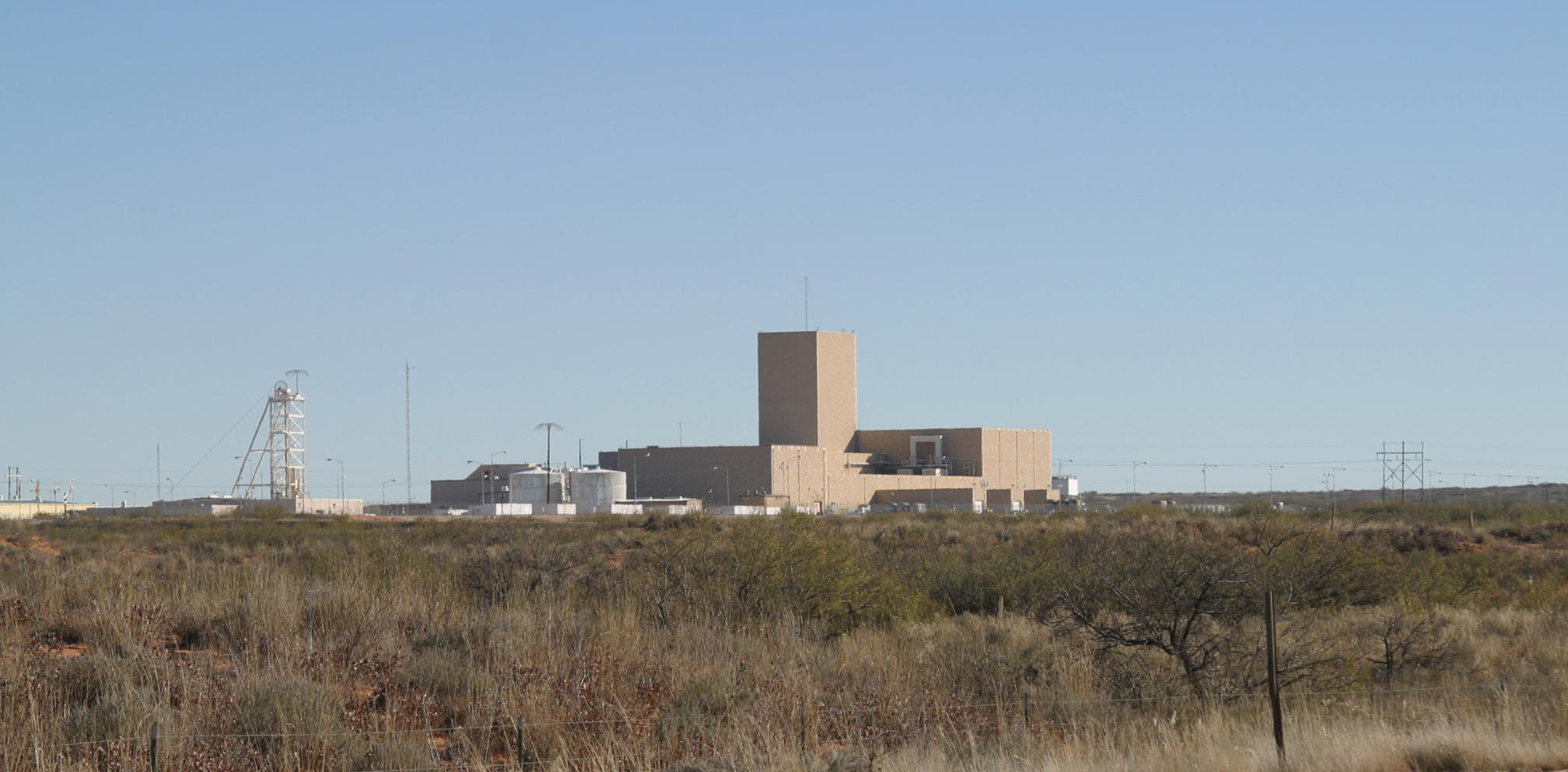A concerning report in the Santa Fe New Mexican about nuclear waste disposal at the Los Alamos National Laboratory:
… workers packaging the waste came across a batch that was extraordinarily acidic, making it unsafe for shipping. The lab’s guidelines called for work to shut down while the batch underwent a rigid set of reviews to determine how to treat it, a time-consuming process that jeopardized the lab’s goal of meeting the deadline.
Instead, the lab and its various contractors took shortcuts in treating the acidic nuclear waste, adding neutralizer and a wheat-based organic kitty litter to absorb excess liquid. The combination turned the waste into a potential bomb that one lab chemist later characterized as akin to plastic explosives, according to a six-month investigation by The New Mexican.
The use of kitty litter in such a process is not unusual, apparently, but the specific type of litter used in Los Alamos was of a composition that “most chemists would have recognized as hazardous if mixed with waste laden with nitrate salts,” the New Mexican reports. A drum containing the mixture later cracked open after it had been shipped to the national Waste Isolation Pilot Plant elsewhere in New Mexico, creating a radiation leak, and investigators believe the drum may have burst because of the volatility caused by the litter.
And here’s how the wrong kind of litter ended up getting used:
“General consensus is that the ‘organic’ designation was a typo that wasn’t caught,” he wrote, implying that the directions should have called for inorganic litter.
The Waste Isolation Pilot Plant—the “nation’s only deep geologic repository for nuclear waste”—has been closed since the radiation leak and another February incident and may not reopen for three years.
